Retro Replay Review
Gameplay
Forbidden Forest places you directly in the heart of a haunting woodland where survival depends on your skill with bow and arrow. From the moment you enter, the game demands precision and timing. Enemy creatures, ranging from giant spiders to skeletal warriors, emerge from the shadows, forcing you to aim quickly and accurately before they close in.
One of the game’s standout features is its four distinct difficulty levels. Whether you’re a casual player or a hardcore arcade enthusiast, you can adjust the enemy spawn rate, health of the creatures, and arrow availability to fit your style. This flexibility not only extends replayability but also ensures that new players aren’t overwhelmed by the relentless onslaught right away.
As daylight fades into night, the gameplay intensifies dramatically. The atmospheric day/night cycle isn’t just cosmetic—it changes enemy behaviors, attack patterns, and even the appearance of the ultimate foe, the Demogorgon. Preparing for that final nighttime battle becomes a strategic endeavor, encouraging you to conserve arrows and sharpen your reflexes throughout each level.
Despite its age, Forbidden Forest maintains a simple yet addictive control scheme. You move left and right, aim upward or downward, and fire arrows with a single button. The straightforward mechanics mean there’s virtually no learning curve, allowing you to focus entirely on the thrill of defending yourself against increasingly bizarre creatures.
Moreover, the game’s pacing strikes a satisfying balance. Early waves of low-level enemies serve as a warm-up, but as you progress deeper into the forest, the density and ferocity of the attacks ramp up, culminating in that intense showdown when night falls. This gradual escalation keeps you on your toes without feeling unfairly punishing.
Graphics
At the time of its release, Forbidden Forest was remarkable for its use of parallax scrolling. Background trees and foliage move at different speeds relative to your viewpoint, creating a genuine sense of depth uncommon in mid-1980s titles. Even today, the layered forests and distant mountains evoke a moody, immersive atmosphere.
The sprite work is simple but effective. Each creature has a distinctive silhouette—giant bats flapping overhead, skeletons rising ominously from the ground, and, of course, the horrifying visage of the Demogorgon. The limited color palette serves to heighten tension, with dark greens and blacks dominating the forest canopy and brighter hues reserved for flying arrows and splashes of gore.
Forbidden Forest was also among the earliest games to introduce gory effects. When you land a successful shot, you’re rewarded with brief but vivid splatters of red, a shocking touch for its era. While primitive by today’s standards, these effects deliver punchy feedback and underscore the visceral nature of your struggle.
The day-to-night transition is a visual treat in its own right. As daylight wanes, the screen shifts to darker shades, stars appear overhead, and the horizon glows faintly with twilight hues. This dynamic shift not only affects gameplay but also serves as an early example of environmental storytelling in video games.
Though the resolution is modest and animations are limited, every graphical element in Forbidden Forest feels purposeful. There’s no wasted detail—each tree branch, creature form, and arrow flight path contributes to the overall sense of foreboding and adventure.
Story
Forbidden Forest doesn’t rely on lengthy cutscenes or complex dialogue. Instead, its narrative unfolds through gameplay and atmosphere. You are an anonymous archer who dares to challenge the sinister creatures lurking within the forest’s depths. The lack of exposition only adds to the game’s mystique.
Paul Norman’s vision shines through in the minimalist approach to storytelling. You learn about the forest’s dangers by surviving wave after wave of enemies. The arrival of the Demogorgon at night serves as both a narrative climax and a gameplay gauntlet, reinforcing the idea that some unknown horror watches and waits.
While there’s no character backstory or branching plotlines, the setting itself becomes the protagonist. The Forbidden Forest is almost alive, its twisted trees and lurking shadows forming an antagonist as formidable as any creature you encounter. This environmental focus keeps your imagination engaged, filling in details that the graphics only hint at.
For players hungry for lore, the game’s manual and box art (in its original physical release) provide tantalizing snippets about the forest’s curse and the demonic presence at its heart. Though brief, these fragments enrich the solitary experience of standing against the forest’s malevolent denizens.
By today’s narrative standards, Forbidden Forest is sparse, but that simplicity is part of its charm. The game trusts you to craft your own heroic tale, framing each arrow loosed and every creature vanquished as steps in your personal legend.
Overall Experience
Forbidden Forest remains a compelling experience, especially for fans of retro gaming. Its straightforward mechanics, combined with atmospheric graphics and pioneering features like day/night cycles and parallax scrolling, make it a standout among early action titles. You’ll find yourself drawn into its eerie world time and again, seeking to perfect your score and master each difficulty level.
The game’s difficulty curve is well-balanced. Beginners appreciate the gentler settings, while veterans can push themselves against faster enemies and scarcer resources. This broad appeal ensures that Forbidden Forest can be enjoyed by a variety of players, from those discovering it for the first time to seasoned aficionados seeking a nostalgic challenge.
Sound design is minimalistic but effective. The twang of the bowstring, the screeches of airborne foes, and the ominous creaking of trees at night all contribute to a tense audio backdrop. Despite the lack of a robust soundtrack, these simple effects heighten immersion and signal danger in a way that modern titles sometimes overcomplicate.
While no longer a technological marvel, Forbidden Forest’s legacy endures. It paved the way for more sophisticated survival and horror-action hybrids, proving that a strong atmosphere and tight gameplay loop can outshine flashy visuals. For collectors and history buffs, it represents an important milestone in game design.
In sum, Forbidden Forest is a must-play for anyone interested in the roots of action-horror gaming. Its blend of simple yet challenging gameplay, atmospheric graphics, and understated storytelling creates an experience that feels both timeless and pioneering. Step into the forest only if you dare—and prepare for a battle that will test your skill and nerves alike.
 Retro Replay Retro Replay gaming reviews, news, emulation, geek stuff and more!
Retro Replay Retro Replay gaming reviews, news, emulation, geek stuff and more!
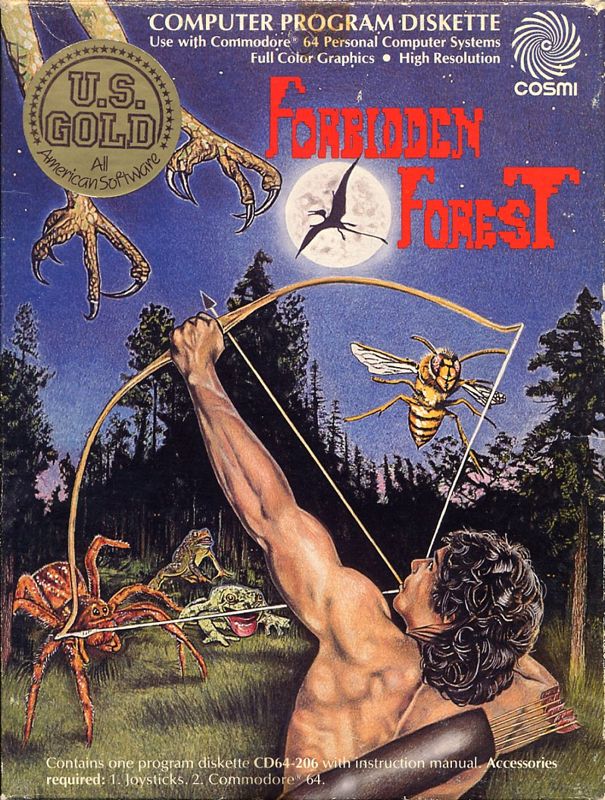

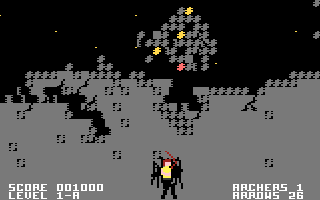
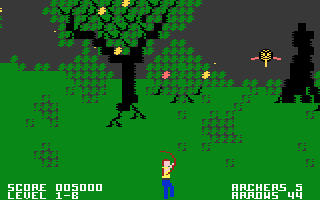
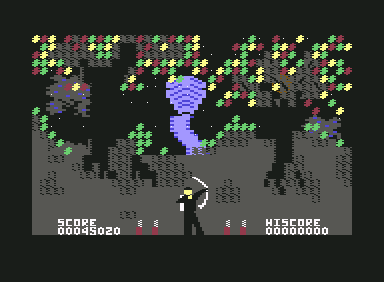
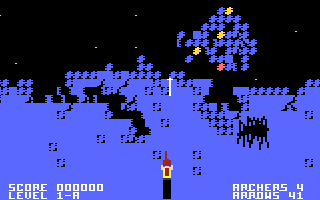



Reviews
There are no reviews yet.